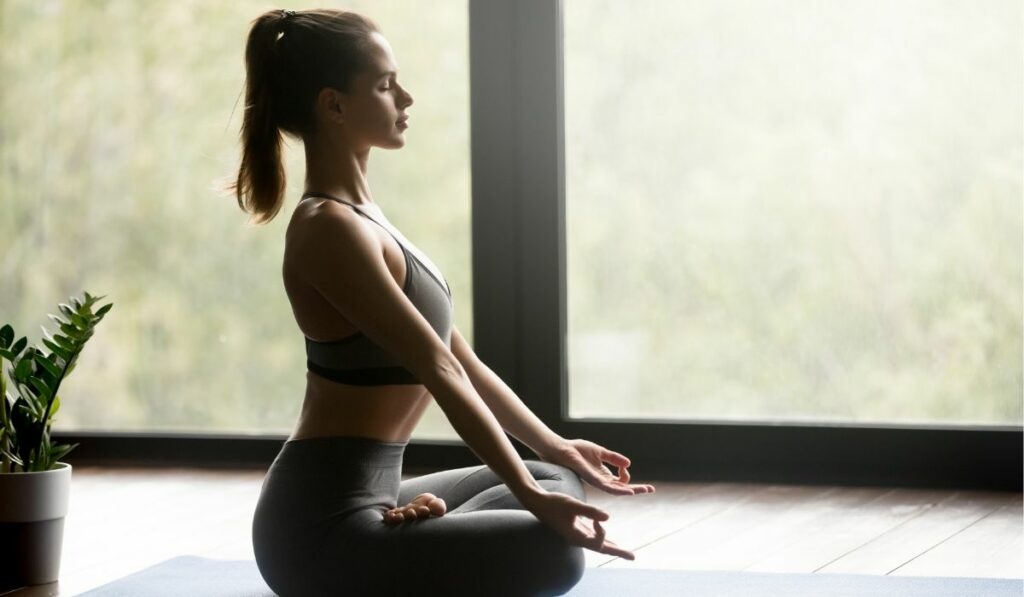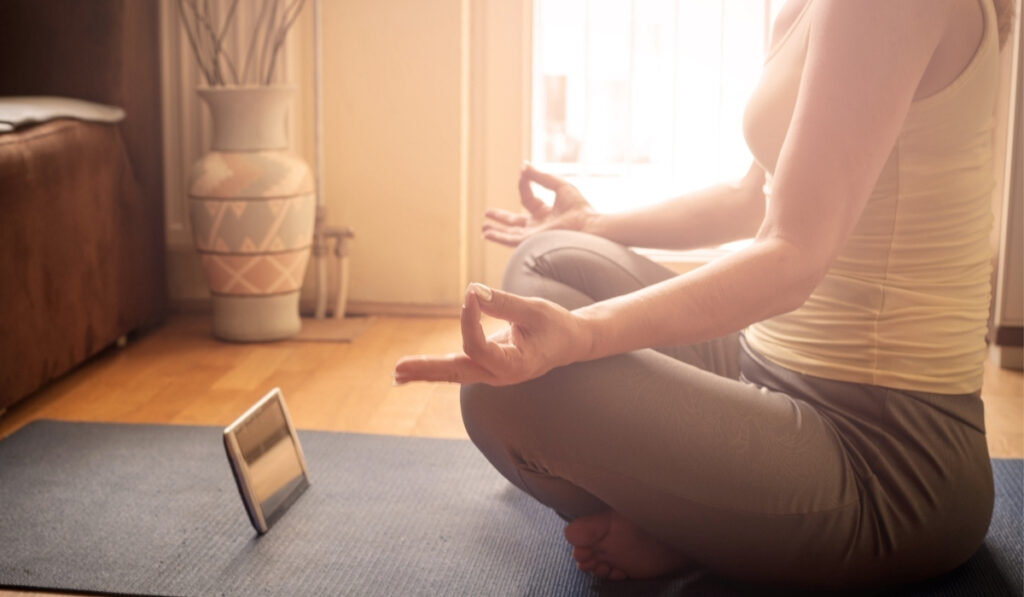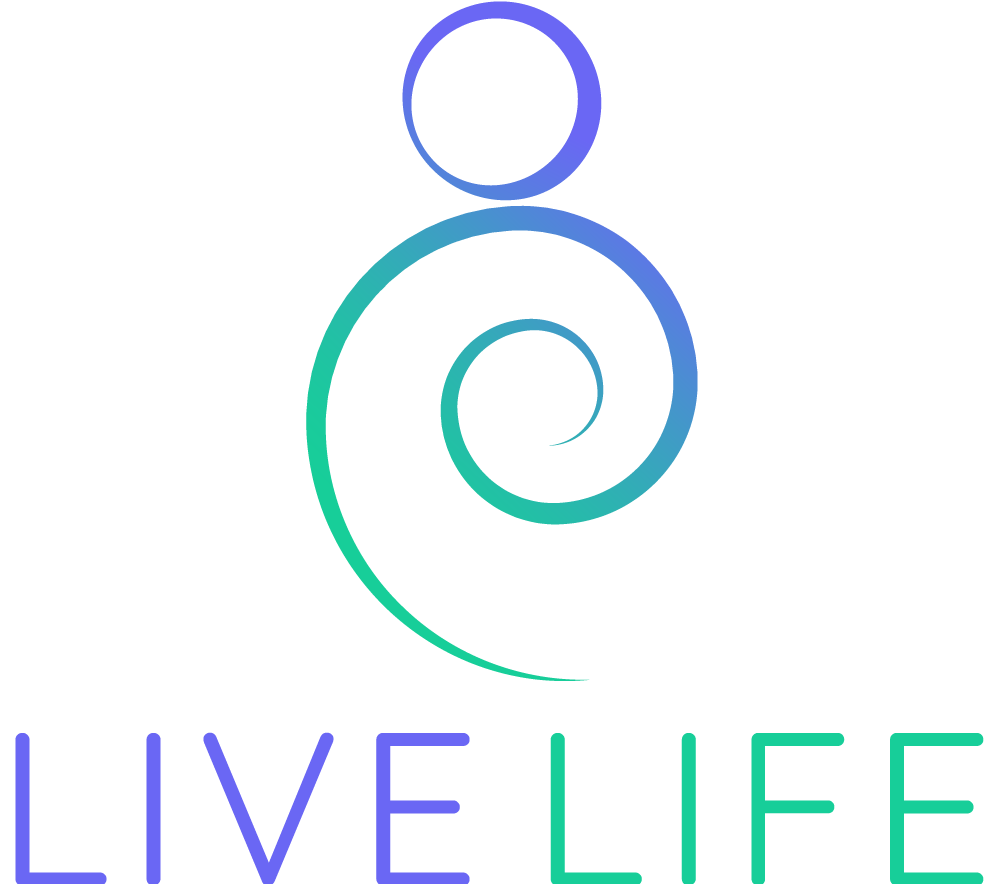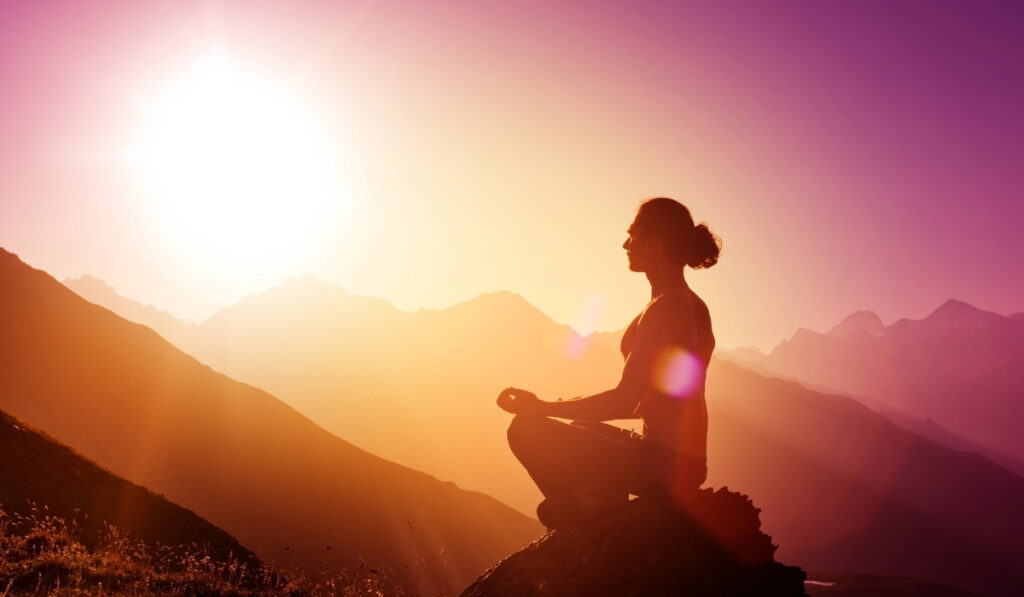Now that we have decided to start meditating, let’s get down to the basics of it. You may have many questions about meditation – how, when, where, what, why, and more. One is bound to have these questions when starting something new.
So, it is understandable that you, too, have these questions. We aim to answer some of these questions in this article and give you a few tips before meditating.
Who can practice meditation?
Anyone can practice meditation! There is no age limit, no religious restrictions, or any other limitation on meditation. There must be the desire to meditate, and you can meditate.
Moreover, if you are somebody who deals with high-stress situations or generally suffers from anxiety, has trouble falling asleep or staying asleep, has mood swings, has physical health or mental health issues, and has difficulty creating and maintaining relationships, meditation is recommended for you.
The best part is that you will start noticing the benefits like calmness and better sleep within a few days of starting the practice—the long-term benefits like having a stable temperament improved focus. The ability to try and practice new meditation techniques will come with time and persistence as you continue the practice.
The scientific basis for the benefits of meditating
The benefits that are mentioned above all have scientific proof backing them. With the significant increase in awareness about meditation and the surge in people practicing it over the last few years, scientists have delved deeper into meditation.
New research is being done daily on the subject. A majority of the study shows that people who have regularly practiced meditation for at least eight weeks show improved decision-making skills, improved memory, less stress and anxiety, and a more profound sense of calmness & empathy.
The limbic system (a part of the brain that controls primitive responses necessary for survival like reactions to stressful situations, reproduction, aggression, and so on) of these people shows a significant decrease in size and sudden bouts of anger or stress, or impulsive reactions also decrease.
This is accompanied by increased empathy towards other humans animals and a general sense of well-being and better self-awareness. All this is seen to happen in just eight weeks.
Our breathing & meditation
When we look into the actual practice of meditation, the first thing we notice is the breath. Breathing and meditation are two inseparable things, and meditation cannot be mentioned without thinking about breathing. In most meditative practices, the breath is just used as a tool of grounding oneself and is just witnessed.
There is a very little voluntary controlled of the breath, and it is allowed to be wholly natural and exist as it always does in these practices. We also count the breaths or even recite specific affirmations with every breath in some techniques and notice.
In some others, the breath is visualized as a ball of energy that flows through the body. Some meditation techniques even teach new ways of breathing and extending our breath. So, each meditation practice has its way of using the breath but in all of them, witnessing the breath is what gives the point of focus.
As someone new to meditation, it might be overwhelming to think of all the ways breathing can be used but know that all guided meditations come with precise instructions on breathing according to the desired goal. Hence, rest easy knowing that you are in good hands when it comes to breathing.
Choosing a place to meditate
The next important thing is the location and position of meditating. There are no rules for the location; choose a place that makes you feel comfortable and safe and where you won’t be disturbed for some time.
You may sit upright on the floor, on a chair, or even on a couch. However, for sleep meditation practices, it is recommended that you do them while lying down so that when you do fall asleep, you can continue resting.
One suggestion is that if you choose to meditate at the start of your day, try sitting in an upright position as this will increase your energy levels for the rest of the day; and if you choose to meditate in the night or evening, then try being a little more relaxed as this will help you unwind before bedtime.
Some meditations are even done in motion, like walking and hiking meditations. So, there is no limit on the where and how of meditation.
The “right” posture for meditating
When it comes to our posture while meditation, it is all about comfort, as long as you are comfortable for the entire duration of the exercise, and posture will do. There should be no distracting sensations like pain, tingling, or numbness in any part of the body.
So, choose a posture that is most comfortable to you. You can sit cross-legged on the floor, or a chair with your legs hanging down, or even on the bed with your legs stretched out and back resting against a pillow. Of course, the sleep exercises require that you lie down to relax your body completely.
No matter your posture, make sure that your spine is elongated and upright even when you are resting your back on something.
These were some basics of meditation that we need to know before we begin the practice. This should even answer some of the where what, how questions that arise on the matter, and the articles that follow will address more such questions. Now, with this basic yet practical knowledge, you can begin your first practice right away and put these tips to use.
In the previous part of this article, we mentioned a few basic things that one must know before starting meditation. In this article, we will continue on the same lines to give a few more thoughts and hacks into meditation to provide you with the most benefits out of the experience. The guidelines presented below should answer any remaining questions that you might have before starting this process.

When should you meditate?
There is no one “right” timing that you must follow to meditate. You can meditate at any time of the day; it can be in the morning before you start your day, it can be before bedtime, it can even be after you come back from work.
Moreover, you can take small breaks to meditate throughout the day to refresh and rejuvenate yourself. In case you do not have a particular preference to meditate, then we recommend that you practice it in the morning as studies show that morning time is the best to begin a new routine.
Plus, our morning routine’s actions help frame the rest of the day and make it more productive. So, practicing meditation in the morning would help you carry that calmness and clarity throughout the day.
Finding time in your day to meditate
A common concern while starting any new practice is making time for it in our busy, chaotic schedules.
To do this, start with a simple awareness exercise; become aware of how you spend your time throughout the day, how much time do you spend on phone calls, how much time do you spend scrolling through social media, how much time do you spend on cooking and eating, how much time do you spend working, and so on.
You’ll notice that within these times, somewhere, you can find 5, 10, or 20 minutes to meditate and improve your mental wellness.
It is all about setting the intention and finding the drive to go through with the intention. This is what we do when we make time to work out for our physical health, or we make time to cook a healthy meal at home.
The same concept can be applied to meditation, and you will find it easy to make time for it in your day. So, start with that first step of having a clear and firm intention.
Meditating without prior experience
This is where guided meditation, like through our app, comes in handy. The early courses or the beginner courses will guide you through the most straightforward methods and techniques of meditation. From taking one breath to the next, the meditation will guide you through everything.
These beginner courses have 7-10 sessions designed for even those who have minimal to no experience with meditation and will give you enough knowledge to move onto the more specific courses we have to offer. The more particular courses are designed to target particular emotional challenges and mental states.
Whenever you feel comfortable, you may choose a course that suits your requirement and proceed with the sessions in that course. You don’t need to immediately move on to the specific courses after the beginner course; you may repeat the beginner course until you feel comfortable with the process. Once you feel well acquainted with the process, you can choose to move ahead with the practice.

Frequency of meditation
Ideally, the frequency of your meditation practice should be every day, irrespective of whether it is for 2 minutes or 20 minutes. The aim should be to meditate every day because this will give the most benefits in the least amount of time.
Just after your first session, the blood cortisol (stress hormones) levels will show a significant drop. The more you practice meditation, you will find yourself calmer and more clear-headed, even in times of crisis. As you continue from there on, you will reap the long-term benefits like increased empathy, better quality of sleep, and so on.
The point of meditation is to progress and not to achieve perfection. This means that if you find it hard to meditate every day, it is okay to do it on alternate days. Or, in case you find it challenging to meditate for 20 minutes, 2 minutes will do too. The more important thing is to keep at it without judging or being critical of yourself.
Meditation is something for you to lean on and utilize to combat the stress and pressures of daily life. So, the main idea is to be comfortable with your pace and not let meditation become a cause of pressure in itself.
Making meditation a habit
The critical thing to make meditation a habit is to try to practice it every day, simultaneously, and at the same place. Research shows that doing an action simultaneously and in the mornings makes it easier to cultivate that action into a habit.
Also, do not try to think of meditation as a task but think of it as a way to check-in with yourself and your mind. This will break the pressure to practice it, and you will find yourself enjoying the exercise. Make yourself comfortable when you meditate; use a mat or a pillow to support your posture. This will help make the process enjoyable, which will make it easier to cultivate this habit.
Finally, start with short sessions and gradually move on to longer ones, which will ease you into the practice.
Conclusion
It is important to remember that no matter how much knowledge you possess, practice is everything. Go forth and apply this newly gained knowledge in your meditation journey.





